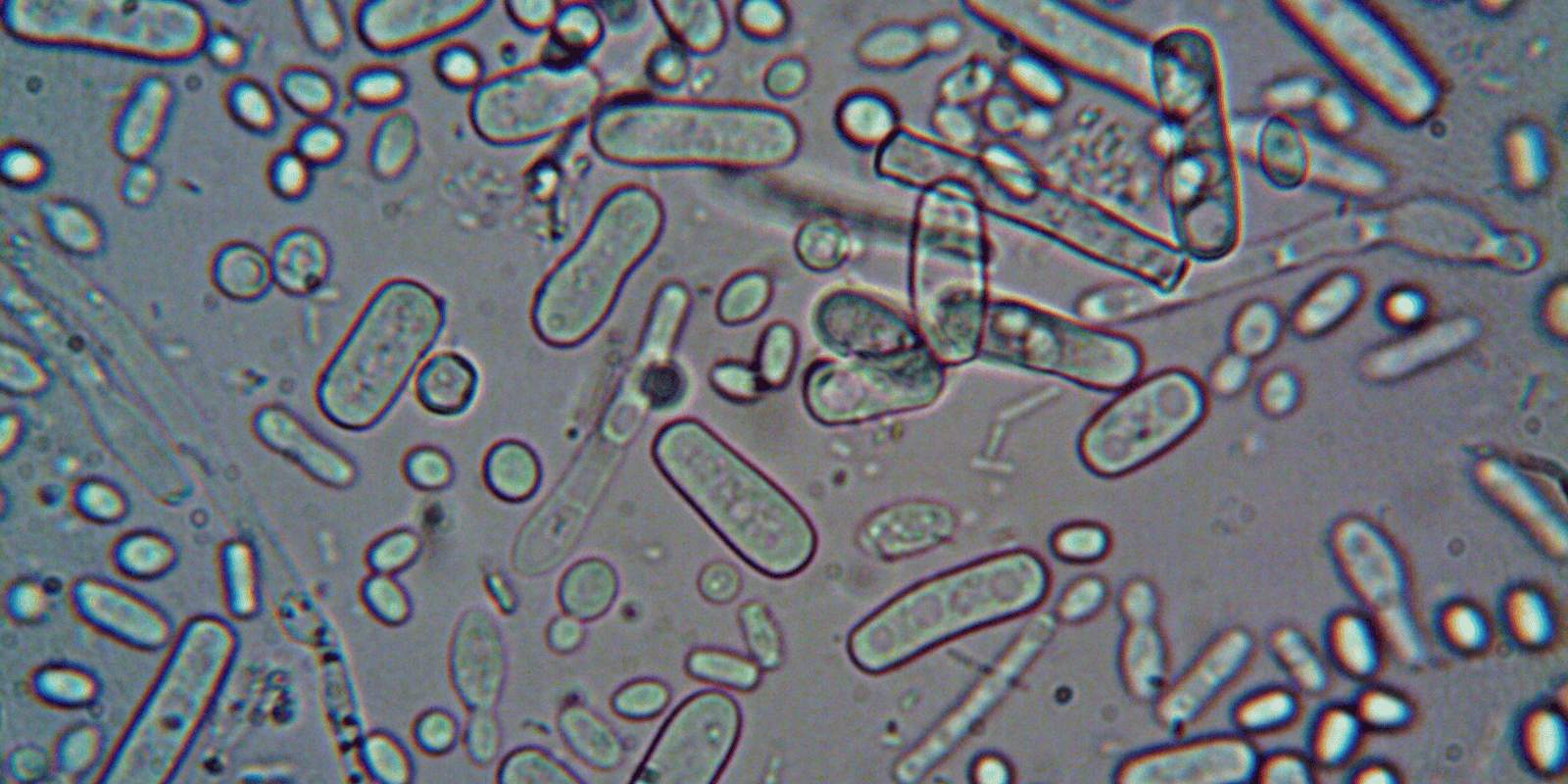
On December 12, 2024, researchers published a 299-page technical report analyzing the potential risks of mirror bacteria and calling for a halt on mirror life research. In the report, the authors ask funders to commit to not supporting mirror life research and for scientists to pause research in this area. They say this is vital to allow for a discussion on how to chart an appropriate path forward given the anticipated risks.
The report is the first of its kind to provide in-depth analysis of the risks of mirror life. The report was developed by a diverse group of researchers with expertise in synthetic biology, physiology, immunology, evolutionary biology, biosecurity, and global health. The authors coupled the technical report with an article titled “Confronting the Risks of Mirror Life” published in Science. Several of the authors are members of The American Association of Immunologists (AAI), highlighting the importance of this discussion to immunology.
What are mirror life?
Mirror life are currently hypothetical synthetic organisms composed entirely of molecules of opposite chirality. Chirality describes the orientation of a molecule in space, specifically referring to molecules whose mirror image has a different orientation and cannot be superimposed on itself. Homochirality defines known life, with all DNA and RNA considered “right-handed” and all amino acids considered “left-handed.” These orientations are the normal state for DNA, RNA, and proteins. Researchers have successfully created mirror proteins and mirror carbohydrates, but these mirror molecules are not considered mirror life on their own.
Driven by curiosity, scientists have begun to research the creation of living cells composed entirely of mirror molecules. The report conducts an in-depth analysis of the risks and implications of a proposed form of mirror life: mirror bacteria. One of the main concerns is how mirror bacteria could broadly evade human immune defenses due to its reverse chirality.
Evading the immune system
Chiral molecules drive most mechanisms of immune activation, raising concerns that mirror bacteria could evade the immune system by avoiding recognition. The binding of microbe-associated molecular patterns (MAMPs) to pattern recognition receptors (PRR) is a critical step in the activation of both the innate and adaptive immune system. However, almost all known MAMPs detected by human PRRs are chiral. Toll-like receptors, NOD-like receptors, and formyl peptide receptors all bind chiral molecules. Because these immune interactions rely on the normal orientation of molecules, PRRs might struggle to bind mirror bacteria MAMPs effectively, potentially causing dramatic impairment.
The compromised immune detection of mirror bacteria could lead to novel infections in humans. According to AAI member, Dr. Yasmine Belkaid, President of the Institut Pasteur and one of the authors of the article, “one of the biggest implications of this work was the finding that mirror bacteria have more nutrients available to them in the environment than previously thought, which could allow mirror life to grow in the bodies of humans.”
Mirror Life Infection
With nutrients available and an inhibited immune response, mirror bacteria could move unhindered through the body and reach the bloodstream. While mirror bacteria would not have virulence factors, unless engineered so, they could replicate unchecked triggering a sepsis like state or until an overwhelming number of cells disrupt the host’s vital systems leading to disease.
The full extent of immunological dysfunction if challenged with mirror bacteria is uncertain. The authors speculate that because the alternative complement pathway and some antimicrobial peptides are less sensitive to chirality, they could respond to mirror life. Lipid antigens may be less affected by the impacts of being a mirror molecule. It also remains uncertain whether professional phagocytes could internalize and kill mirror bacteria. The sweeping impairments of the immune response predicted by the authors is only one of the many reasons cited in the technical report for the halt on research and need for discussion.
Discussing the Technical Report
Dr. David Perrin, a synthetic chemist at the University of British Columbia, responded to the article “Confronting the Risks of Mirror Life” after being invited to join the discussion on mirror life research. Dr. Perrin felt that the article gave readers an inflated view of the danger posed by mirror organisms, despite the more reasoned analysis included in the technical report. Notably missing according to Dr. Perrin was a deeper discussion on the immune system’s capacity to respond, the complex nature of virulence factors, and the vast pharmacological arsenal capable of mitigating mirror bacteria risk.
Dialogue such as this is crucial to charting an appropriate path forward. Dr. Ruslan Medzhitov, co-author of the mirror life report, Sterling Professor of Immunobiology at Yale School of Medicine, and 2025 AAI Distinguished Fellow, shared, “Everyone needs to agree on how to proceed, as it could be devastating for the entire world if mirror bacteria were created and unintentionally got out of control.”
Dr. Medzhitov and Dr. Belkaid told AAI that the report’s co-authors will organize dialogue events in 2026 to bring together a variety of stakeholders whose perspectives are needed to navigate the future of mirror life research. The discussions will take place at the National University of Singapore, Institut Pasteur, and the University of Manchester. This is one way the scientific community can participate in the global conversation necessary to navigate the future of mirror life research.




